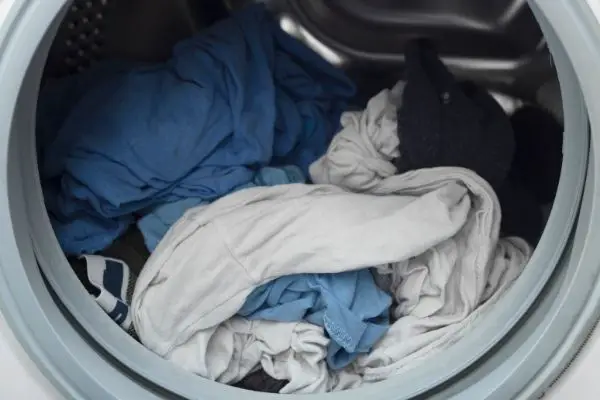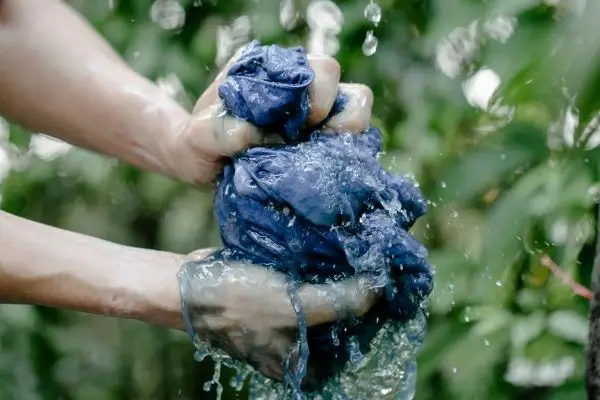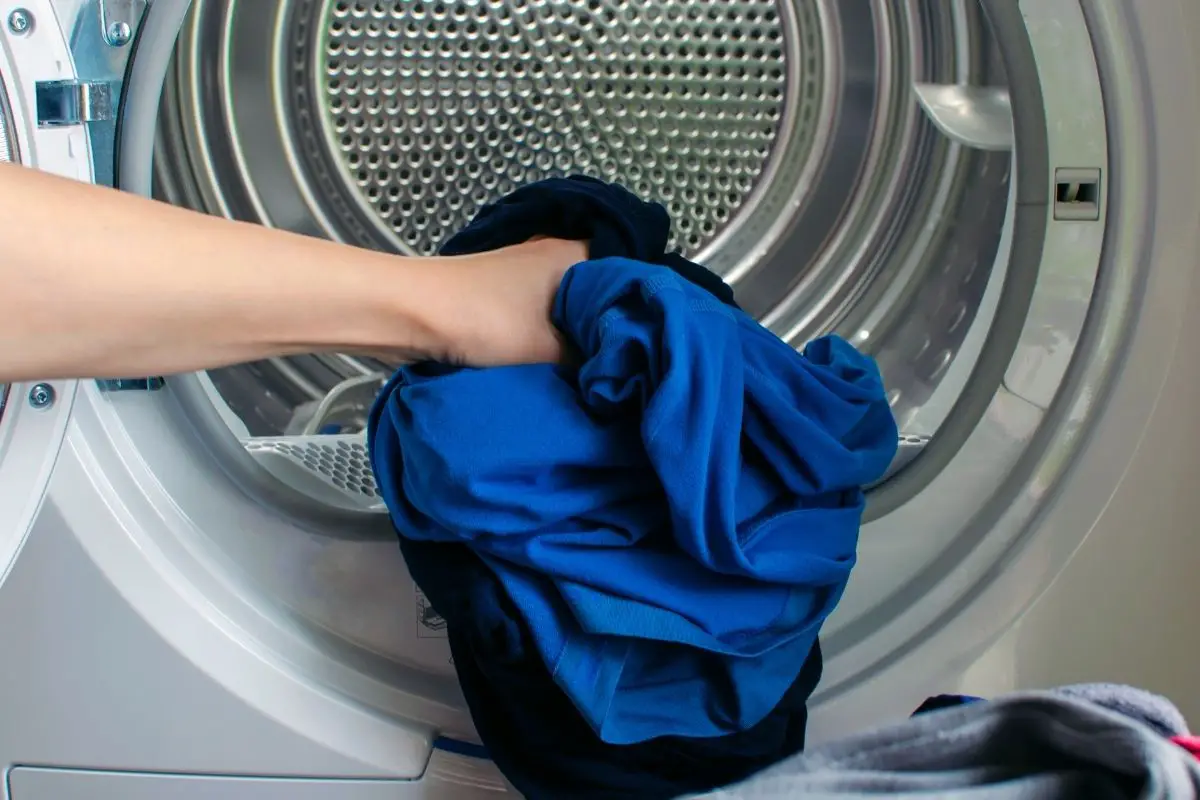Can You Put Soaking Wet Clothes in The Dryer | 5 reasons why you shouldn’t + tips for fast-dry
Sometimes when you really need an item of clothing, you tend to take it before your machine does its spin cycle. Or you got super wet in the rain and want to dry your jacket. But is it okay to put waterlogged clothes straight in the dryer?
Unfortunately, you shouldn’t be using your dryer for soaking wet clothes. Although this nifty appliance is designed to dry our clothes, soaking wet clothes may not dry properly and damage your dryer. Apart from this, your power bill will SKYROCKET!
So, Why Can’t I Put Wet Clothes in the Dryer?
While air-drying is a much better option for the environment and for your power bills, your dryer is a useful appliance when you don’t have the time to dry your clothes or have the space for a DIY clothesline on constant rainy days. The dryer has saved me countless times, especially with the up and down weather we’ve been having!
The dryer can only handle halfway dry clothes, not completely waterlogged clothes. Even with the best dryer sheet alternative, your clothes won’t dry.
Our normal domestic dryers don’t have the necessary equipment to handle excess moisture that comes from completely wet clothes. Very wet clothes in the dryer can lead to the build-up of mold, mildew in the drum, and a whole lot of lint. Your dryer will run for longer, and you increase your risk of fire.
While it’s tempting to take clothes straight from the washing machine to the dryer, you shouldn’t!

The Consequences of Wet Clothes + Your Dryer
This is what may happen if you put a load of soaked clothes in the dryer.
1 Say Goodbye to Affordable Power Bills
Our dryers will use quite a bit of energy since they have to spin and produce heat to dry the clothes. A typical dryer will use about 3000 watts of electricity at a time. If you put soggy clothes in the dryer, it has to absorb all the water first, which already takes a lot of energy.
Then more energy to heat and dry the clothing. The risk here is that your clothes might not even be dry at the end of it all, so you’re left with jumped-up bills and wet clothes.
2 Your Clothes Will Be Stiff
If they end up coming out dry from the dryer, your clothes would be super stiff.
Putting your sopping wet clothes in the dryer means you probably did not let your machine rinse out the detergent properly. This leaves a thin film on your clothes, which makes them feel stiff.
3 They Will Take Too Long to Dry
Apart from taking too much energy, your dryer will work overtime trying to dry your clothes. This means that where your dryer will take 1 hour to dry one load of clothes, a wet load might take 2 hours. Your clothes might start smelling musty and weird too!
Electric dryers also cost twice as much!
4 You Can Damage your Dryer
When you put your damp clothes in the dryer, it uses the water to turn into steam to dry your clothes. However, if they are too wet, this results in too much moisture in the dryer, causing high levels of heat and damage to the machine.
This can lead to a potential fire.
5 Each Load Is Heavier
Imagine carrying a basket of super wet clothes, that’s bound to be really heavy!
This is the same for your dryer. The heavy load will put a lot of strain on the drum of the dryer and the bearings. You may break certain parts of the dryer, which are hard or costly to repair. One of these components is the dryer belt, and depending on the extent of the damage, you may have to buy another dryer.
That’s an extra cost that we don’t need in these times!
What Do I Do if My Laundry Is Too Wet?

If you’re trying to save power by reducing the number of times you use the dryer, then you might be looking for more ways to dry your clothes.
Don’t worry, I got you covered!
Clothesline
If you can, place your clothes outside to air-dry, or inside in an ‘airy’ spot. The natural airflow paired with the sun will dry your clothes while keeping them super clean. However, if the land doesn’t permit this, then you have to dedicate some space inside.
You can get a drying rack or neatly hang your clothes on the shower rod, door frame, or other things around the house. Have good airflow going by keeping the windows open or a fan on to avoid a weird smell on your clothes.
Have Your Machine Do the Hard Work
You can use your washing machine to wring them out. Although you can do this with your hand, it can get too tiring depending on how much your load is and how wet the clothes are.
Use the fastest spin cycle on the washing machine. The spin cycle will remove the extra water from the clothes in no time. This will make your clothes dry faster too. You can use your hands for half a load if you don’t want to use your machine on a high-powered cycle.
Roll Your Clothes into a Towel
You can make a clothes burrito! I advise this method for small loads of clothes as this is not practical for many clothes.
Simply twist your clothes into a big, dry towel so it can absorb all the extra water. You can also put paper towels or tissue paper on top of the wet clothes for better results. However, this could lead to a lot of wastage, so use this method if you desperately need something dried.
If you manage to get most of the water into a towel, you may be able to use your dryer.
Frequently Asked Questions
Will soaking wet clothes ruin a dryer?
Yes. Soaking wet clothes are super heavy and can damage the bearings of the dryer. This could stop your dryer from working altogether, which calls for a costly repair.






